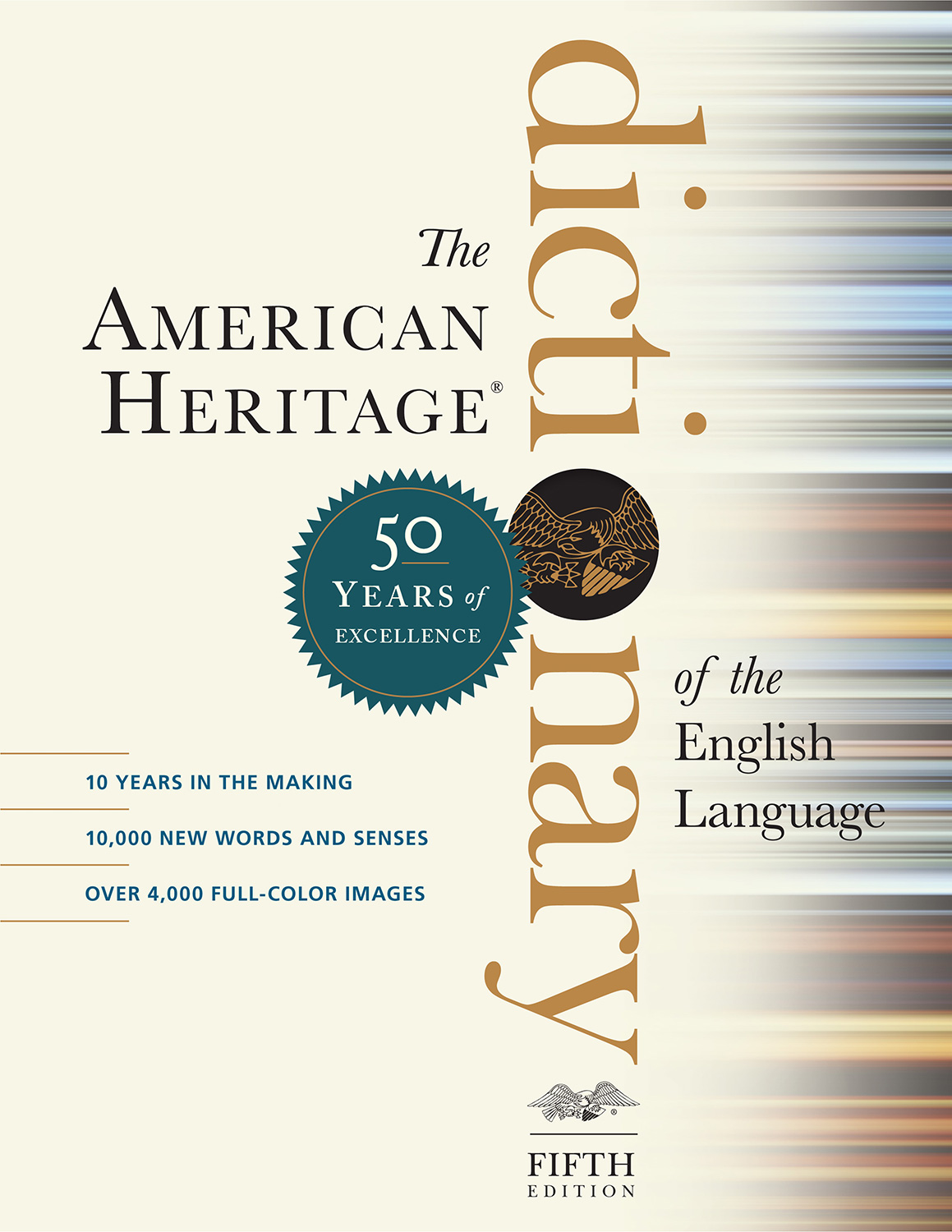n. 1. A tropical evergreen tree (Tamarindus indica) of the pea family, native to Africa and widely cultivated as an ornamental and for its pods, which contain small seeds embedded in a sticky edible pulp. 2. a. The fruit of this tree. b. Syrup prepared from the pulp of this fruit. [Middle English tamarinde, ultimately (via Medieval Latin tamarindus and Old French tamarinde) from Arabic tamr hindī, tamarind (literally, "Indian dates," tamarind being so called because medieval Arabian merchants imported it from India) : tamr, dates; see tmr in the Appendix of Semitic roots + hindī, of India (from Hind, India, from Persian; see HINDI).] |
The American Heritage® Dictionary of the English Language, Fifth Edition copyright ©2022 by HarperCollins Publishers. All rights reserved.







